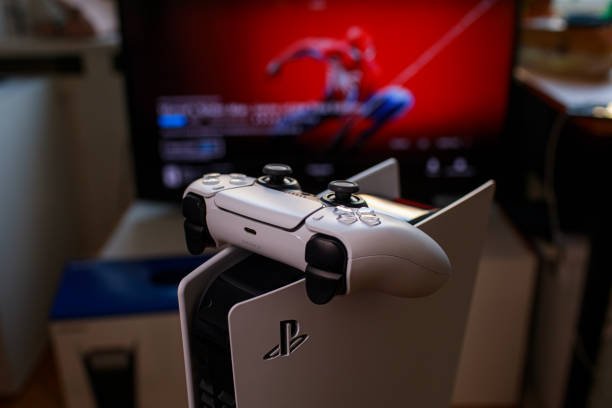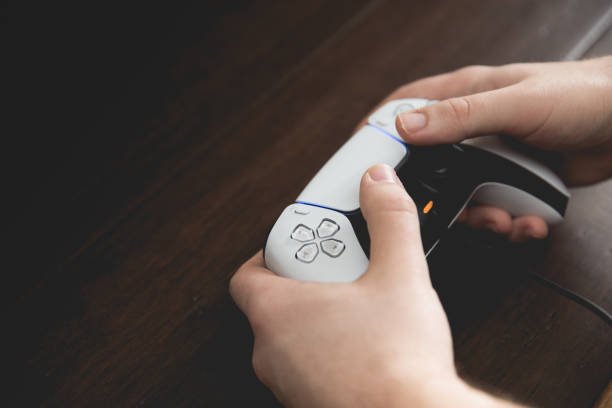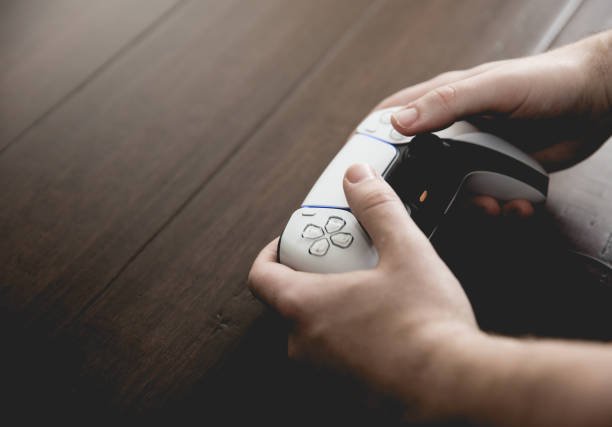How to Fix HDMI Port on PS5
Engineers have created a remarkable PlayStation 5, which offers both attractive graphics and controlled gameplay to users. One of the most common user difficulties stems from the HDMI port, although this component shows good durability. Your failure to see a display along with screen blinking and a weak signal signals the need for How to Fix HDMI Port on PS5. This guide offers a reliable repair process that includes minimal information overload for users who range from individuals with thirty nuances of technology pessimism to occasional video game enthusiasts.

An explanation of the needed practical data follows as we describe the damage recognition process, the degree of impairment, and the available repair options. When you finish reading this article, you will know how to fix the HDMI port on the PS5 as well as understand it entirely so you can make an excellent console decision.
Understanding the HDMI Port Problem
Every person must understand what an HDMI port represents and what induces problems to this device before beginning to fix it. Your console uses the HDMI (High-Definition Multimedia Interface) connection to transmit signals to the display device through its output port. This port acts as the channel that sends precise video signals together with audio data to produce a clean view on your TV or monitor.
The high-definition multimedia interface (HDMI) enables digital signal sharing between devices through its port, but specific indications show port damage.
Being familiar with faulty HDMI port symptoms allows people to prevent unnecessary expenses from repairing the device. All companies must evaluate these signs when making their determination.
- No signal detected on screen.
- Screen flickering or distortion
- Intermittent connection
- Bent or broken pins inside the HDMI port
- The cable lacks stiffness, which makes it unable to establish a tight connection with the Type-C jack.
Having experienced any signal-related problem, it becomes essential for users to begin to fix the HDMI port on the PS5 effectively while maintaining safety.
Step-by-Step Diagnosis
Our analysis begins after we dismiss basic problems that would allow a suitable conclusion for this scenario.
1. The current HDMI connection needs replacement with a different cable to assess if the problem resolves.
The port itself could be damaged apart from the cable, so it may require a new port insertion. The port should be connected to another display through an HDMI cable that has been proven to work correctly. Such a finding supports the conclusion that the issue stems from somewhere apart from the ports themselves.
2. Inspect the HDMI Port Visually
Place the lights off and use a flashlight to observe the port area along with the HDMI port. Detection of bending pins or dust or debris inside an HDMI port allows users to resolve these problems without disassembling the keyboard.
3. Check the Display Source Settings
Check the correct input connection on your TV or monitor to see the Ben Q logo if it does not display. The general population usually fails to think about this particular step.
How to Fix HDMI Port on PS5 without Professional Help
You should either attempt personal repair of the port or seek technical assistance since you confirmed the port is damaged after performing the above steps. Experienced people who are brave enough can try the following DIY solutions.
Tools You May Need:
- Anti-static wrist strap
- Precision screwdriver set
- Soldering iron and disordering pump
- Replacement HDMI port (official or third-party)
- Magnifying glass or microscope
Step 1: Disassemble the PS5.
The console should be powered off before removing its connection from external circuits.
Begin by lifting the faceplates only at their edges to remove them from the device.
Gently separate all parts and components to reach the motherboard while carefully removing the outer casing of the device.
The next section focuses on removing the defective HDMI port from the PCB board according to the following description.
When handling the HDMI port pins, it is better to use a soldering iron or heat them properly before any procedures.
The scorching solder on a printed circuit board can be extracted through the use of a desoldering pump.
Once all pins become free, the HDMI port must be pulled gently from the circuit board.
During Step 3, the new HDMI port needs to be installed correctly onto the chosen board while maintaining its condition.
The replacement port needs to match the solder pads that are present on the device.
Proper soldering of each pin should connect it firmly and eliminate any possible contaminants.
A magnifying glass should be used at the end to verify the accuracy of the work.
Step 4: Reassemble the Console
The computer requires the replacement of its motherboard in addition to its coolers and outer casing before the installation is complete.
Reconnect all internal wiring.
Snap the faceplates back on.
Your PS5 should display video signals when the work is completed correctly according to the How to Fix HDMI Port on PS5 ‘Do it yourself’ method.
When to Seek Professional Help
Having doubts about console repair operations should be put to rest because you join many others who face similar concerns. You should understand that you must not try this work yourself according to professional guidelines.
Why Choose a Professional Repair:
Professional PS5 repair services provide the dual benefits of shorter waiting periods at health centers and protection against the situation deteriorating further.
Preserves warranty if done by authorized service centers
An assurance system exists to deliver services that add valued assurance to client expectations.
The majority of electronics repair shops located in Nairobi perform HDMI port fixes, which typically need 24 to 72 hours for completion. The fees for services usually range between £ 50 and £ 100 based on where the service center is located.
Preventing Future HDMI Port Damage
After the essential task, it becomes necessary to execute the following steps, which means avoiding the reproduction of the issue. These actions can help prevent such outcomes from happening:
The right-angle HDMI adapter can reduce cable tension throughout its structure.
Users should never transport their PS5 system when it remains attached to their television display.
The selection of a premium-quality HDMI cable with appropriate connectors represents the key solution.
Gently feed the cable into its proper slot instead of applying force to it.
One can follow basic procedures to extend console life, which prevents the problems that occur from defective equipment.
Final Thoughts
At first learning seems hard, but after mastering the requirements, it turns out to be an acceptable process rather than a bad one. Knowledge provides you with power regardless of your choice to do it personally or to hire professional legal assistance. Gaming moments deserve uninterrupted gameplay, so this solution serves to prevent those interruptions caused by small hardware components.

Following these provided steps leads you to a genuine initial phase of restoring your PS5 to reach its best performance level. Through this explanation you understand the root causes of the problem and learned the correct repair process to prevent it from happening again.
FAQs
How can repairing a minorly damaged HDMI port of your PS5 be achieved by home DIY methods if the damage is not severe?
You can perform a self-repair on a cracked HDMI port provided you possess technical experience along with appropriate tools. People who doubt their capability or lack experience should seek professional help to prevent damaging materials through improper staining.
The total duration needed to fix the HDMI port in the PS5 console stands at what amount?
The duration of DIY repairs for a task varies between 1 and 3 hours, depending on how skilled a person is with the work. The repair process requires one to three working days as scheduled by service providers.








